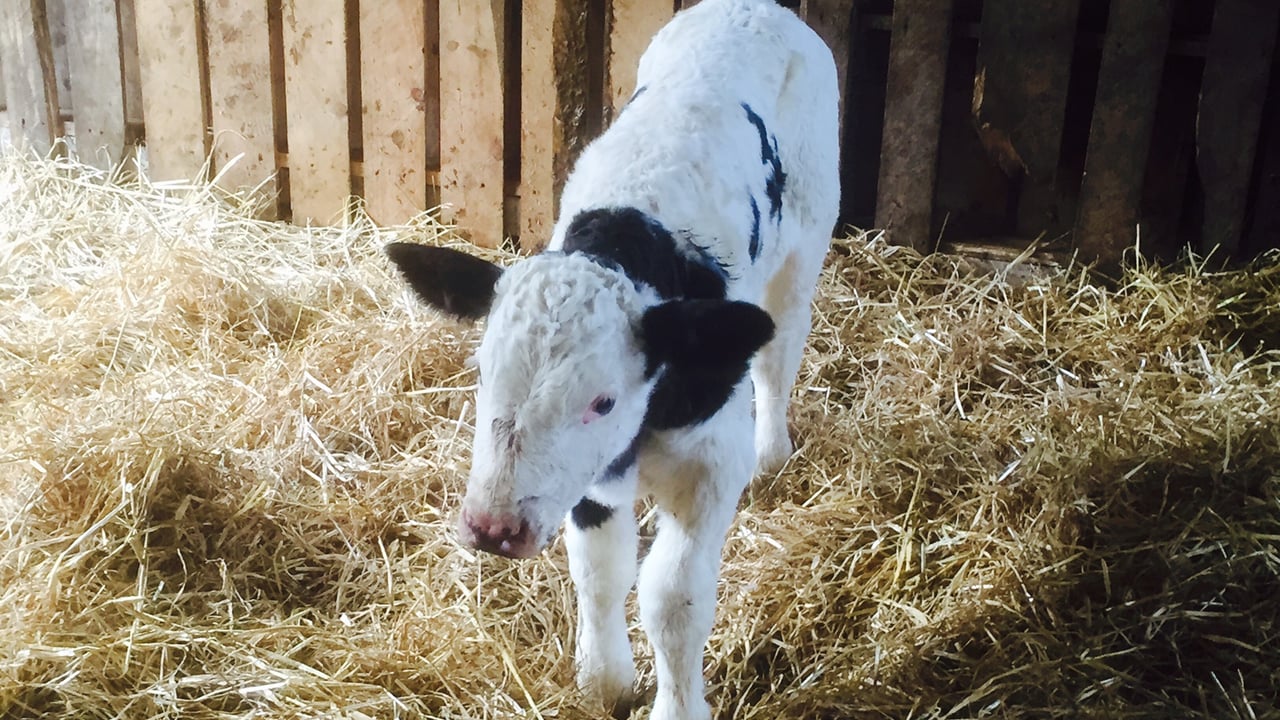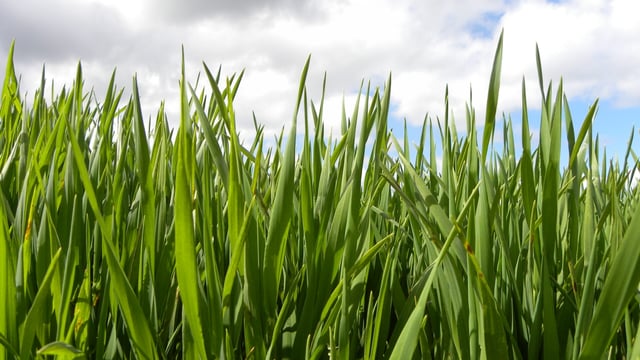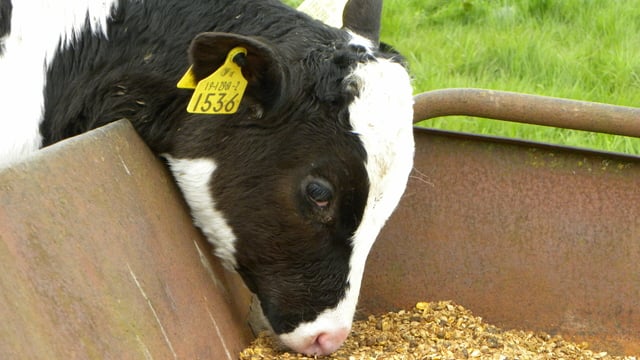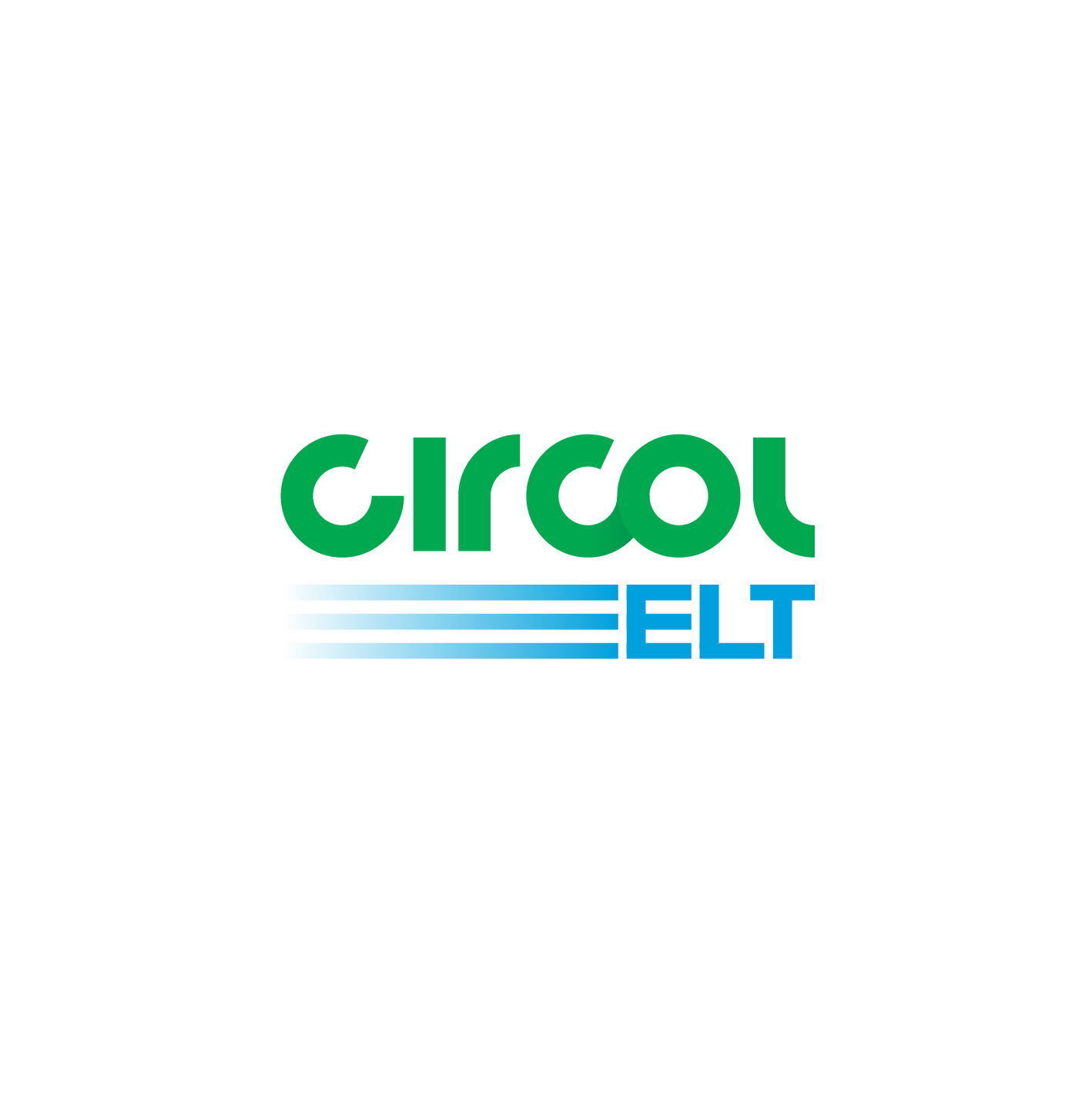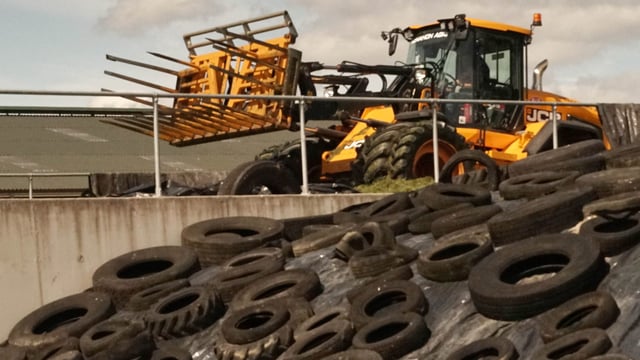9 ways to minimise the risk of Johne's Disease on your farm
When it comes to calving time, the risk of Johne’s Disease infecting calves is higher than at other times of the year.
Johne’s is an infectious bacterial disease of cattle and other ruminants which usually become infected in the early weeks of life.
Animals usually become infected during the early weeks of life following the consumption of milk or food contaminated with the bacteria, which are shed in the dung or milk of infected adult cattle, according to Animal Health Ireland (AHI).
The infection develops slowly and the signs of disease vary depending upon the stage of infection but AHI has said that signs begin with reduced productivity followed by weight loss, scour and ultimately emaciation and death.
AHI has said it is crucial to minimise the contact newborn calves are likely to have with adult dung that might contain the bacteria (known as MAP) that causes Johne’s disease.
It also advises to try and ensure calves avoid consuming colostrum or milk that might contain MAP.
The following are measures that should be considered around calving:
AHI has said that achieving adequate control of Johne’s disease is challenging and requires long-term commitment over several years.
One of the best ways to prevent the introduction and spread of infection is to participate in a control programme such as the AHI Johne’s Disease Control Programme over several years.
Participation in such programmes for limited periods of time, or only partial adoption of control measures, will limit the extent to which the disease can be controlled or prevented, and the assurances that can be provided in relation to the herd’s Johne’s Disease status.

